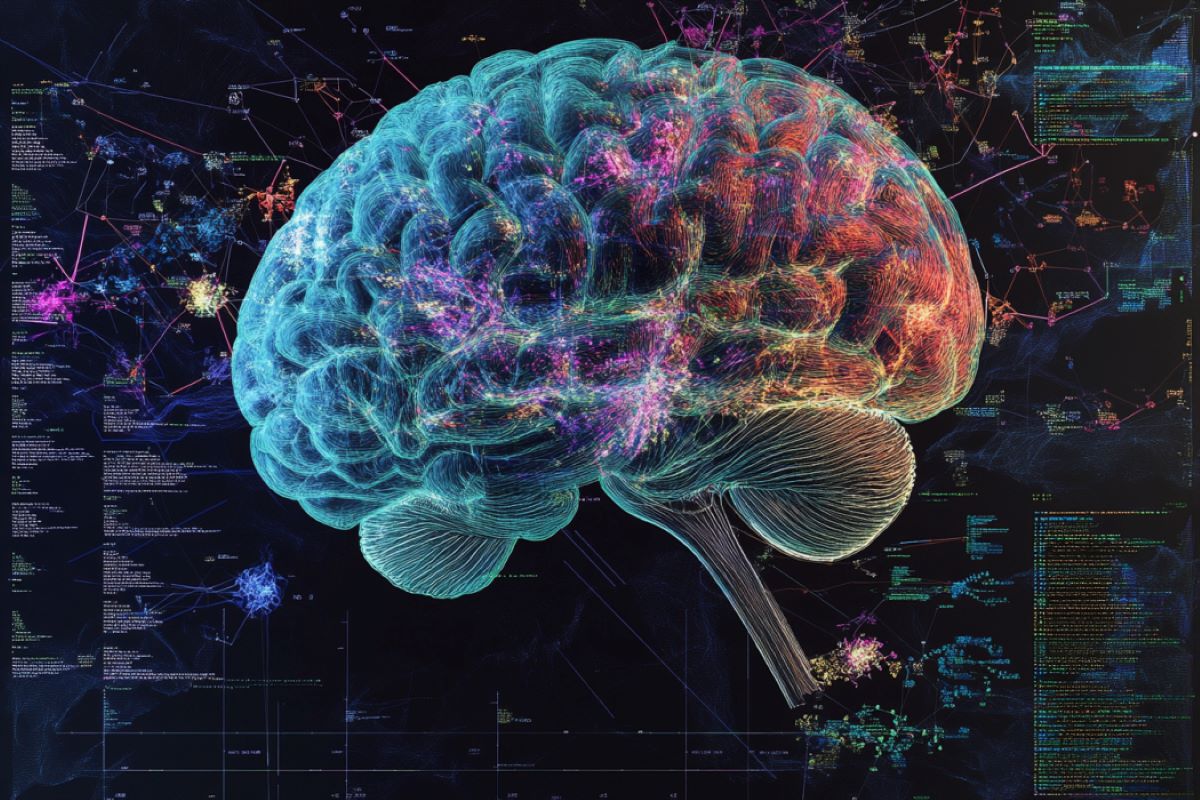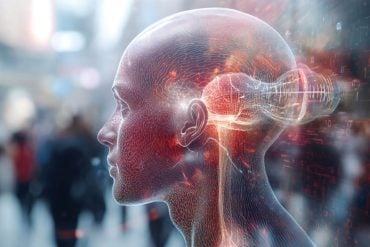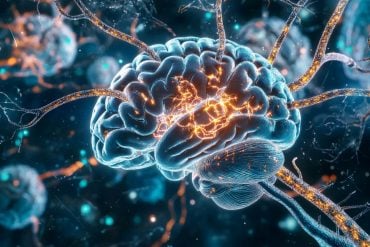Summary: Scientists have uncovered stable patterns of brain activity across more than 300 individuals by reducing the complexity of fMRI data. These shared activity patterns, consistent across participants, may reveal biomarkers for psychiatric disorders and provide insight into individual differences in behavior.
The findings could aid in developing tools to diagnose and understand the neural basis of mental health conditions. The research team is now looking to apply this method to clinical populations to find brain patterns specific to psychiatric illnesses.
Key Facts:
- Researchers identified recurring brain activity patterns across 337 individuals using fMRI data.
- These patterns were linked to cognitive function, emotion regulation, and substance use.
- The findings may lead to biomarkers for psychiatric disorders and improved diagnostics.
Source: Yale
A key challenge in the effort to link brain activity with behavior is that brain activity, measured by functional magnetic resonance imaging (fMRI), for instance, is extraordinarily complex. That complexity can make it difficult to find recurring activity patterns across different people or within individuals.
In a new study, Yale researchers were able to take fMRI data, reduce its complexity, and in doing so, uncover stable patterns of activity shared across more than 300 different people.
The findings, researchers say, are a promising step forward in uncovering biomarkers for psychiatric disorders.

The study was published Sept. 24 in the journal PLOS Biology.
“Because human brain activity is so complex, it can be unreliable, particularly when you’re aiming for reproducibility,” said Kangjoo Lee, lead author of the study and an associate research scientist in the Department of Psychiatry at Yale School of Medicine.
“In this study, we wanted to capture features of brain activity that were linked to features of human behavior and were also consistent across different people.”
To do this, the researchers used fMRI data from 337 healthy young adults, each of whom underwent four 15-minute fMRI scans.
“These images, which were taken during a resting state, were essentially snapshots of brain activity,” said Lee. “So over time, we were able to observe moment-to-moment changes in brain activity.”
Each snapshot represented activity occurring throughout the brain in a particular moment, which included many different brain networks engaged in many different processes, contributing to the data’s complexity.
To reveal shared patterns in the data, the researchers applied an approach called data dimension reduction, which, Lee says, essentially takes high-dimensional, complex data like brain activity and reduces it to a lower dimensional space. The idea is similar to representing the complex pattern of a dance sequence through a small number of basic movements.
After reducing the complexity of the data, the researchers uncovered three shared patterns of brain activity that were “highly recurring across participants and within participants,” Lee said.
Further, while these patterns were found among all participants, there were also differences among the individuals. For instance, the researchers observed differences in terms of which of the three states different individuals spent the most time, how long they lingered in particular states, and which states people transitioned between.
The findings suggest these types of patterns could reveal information about something shared across different people—such as a behavior—as well as individual differences related to those behaviors or how they change over time.
The researchers are now considering how this approach could be applied to psychiatric disorders.
“Here we looked at healthy adults, but if we ran a similar analysis in a clinical population, we may find recurring brain patterns that are shared among that population but not among healthy individuals,” said co-senior author John Murray, a former professor of psychiatry and physics at Yale, now a professor at Dartmouth College.
“Therefore, these shared patterns could represent biomarkers of psychiatric illness that are useful in clinical settings.”
The current study lends support to that idea. The researchers found that the patterns in which people spent more time and the patterns that they transitioned to were associated with cognitive function, emotion regulation, and alcohol and substance use.
“Uncovering recurring brain patterns in clinical populations could tell us something about the neural activity associated with specific symptoms and how it differs between individuals,” said Lee.
About this behavior and neuroscience research news
Author: Mallory Locklear
Source: Yale
Contact: Mallory Locklear – Yale
Image: The image is credited to Neuroscience News
Original Research: Open access.
“Human brain state dynamics are highly reproducible and associated with neural and behavioral features” by Kangjoo Lee et al. PLOS Biology
Abstract
Human brain state dynamics are highly reproducible and associated with neural and behavioral features
Neural activity and behavior vary within an individual (states) and between individuals (traits). However, the mapping of state-trait neural variation to behavior is not well understood.
To address this gap, we quantify moment-to-moment changes in brain-wide co-activation patterns derived from resting-state functional magnetic resonance imaging. In healthy young adults, we identify reproducible spatiotemporal features of co-activation patterns at the single-subject level.
We demonstrate that a joint analysis of state-trait neural variations and feature reduction reveal general motifs of individual differences, encompassing state-specific and general neural features that exhibit day-to-day variability.
The principal neural variations co-vary with the principal variations of behavioral phenotypes, highlighting cognitive function, emotion regulation, alcohol and substance use.
Person-specific probability of occupying a particular co-activation pattern is reproducible and associated with neural and behavioral features.
This combined analysis of state-trait variations holds promise for developing reproducible neuroimaging markers of individual life functional outcome.






